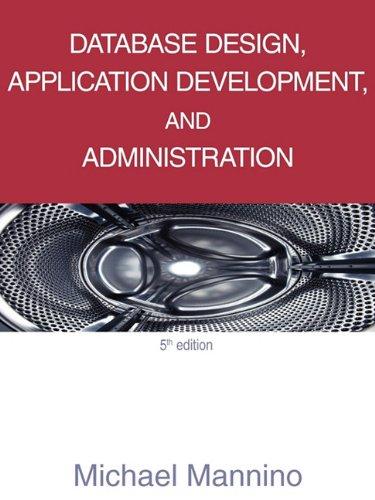Answered step by step
Verified Expert Solution
Question
1 Approved Answer
#include void main) char c1 = 65, c2 = 66; printf(n1 address %d, n1 value %d , pn1, *pnl); printf(n1 printf(n2 printf(c1 address =%d, address-%d,

Step by Step Solution
There are 3 Steps involved in it
Step: 1

Get Instant Access to Expert-Tailored Solutions
See step-by-step solutions with expert insights and AI powered tools for academic success
Step: 2

Step: 3

Ace Your Homework with AI
Get the answers you need in no time with our AI-driven, step-by-step assistance
Get Started


